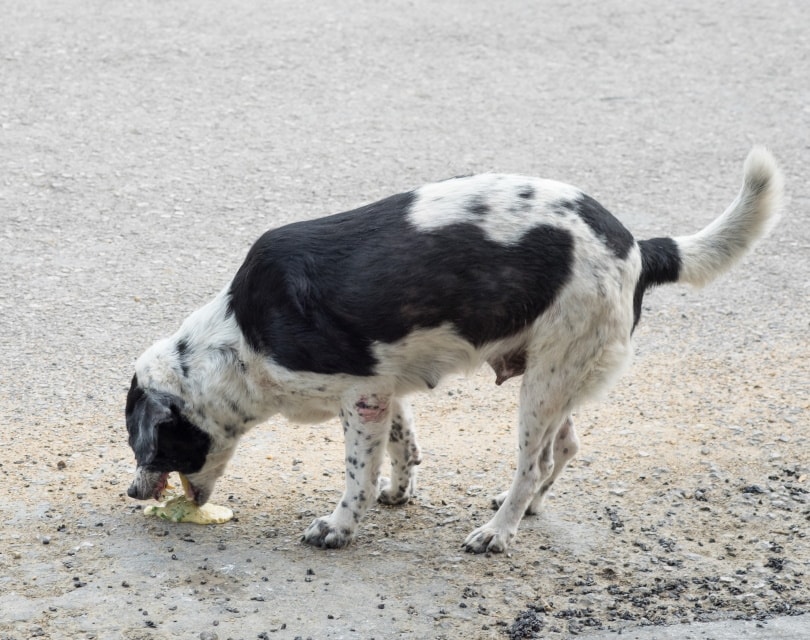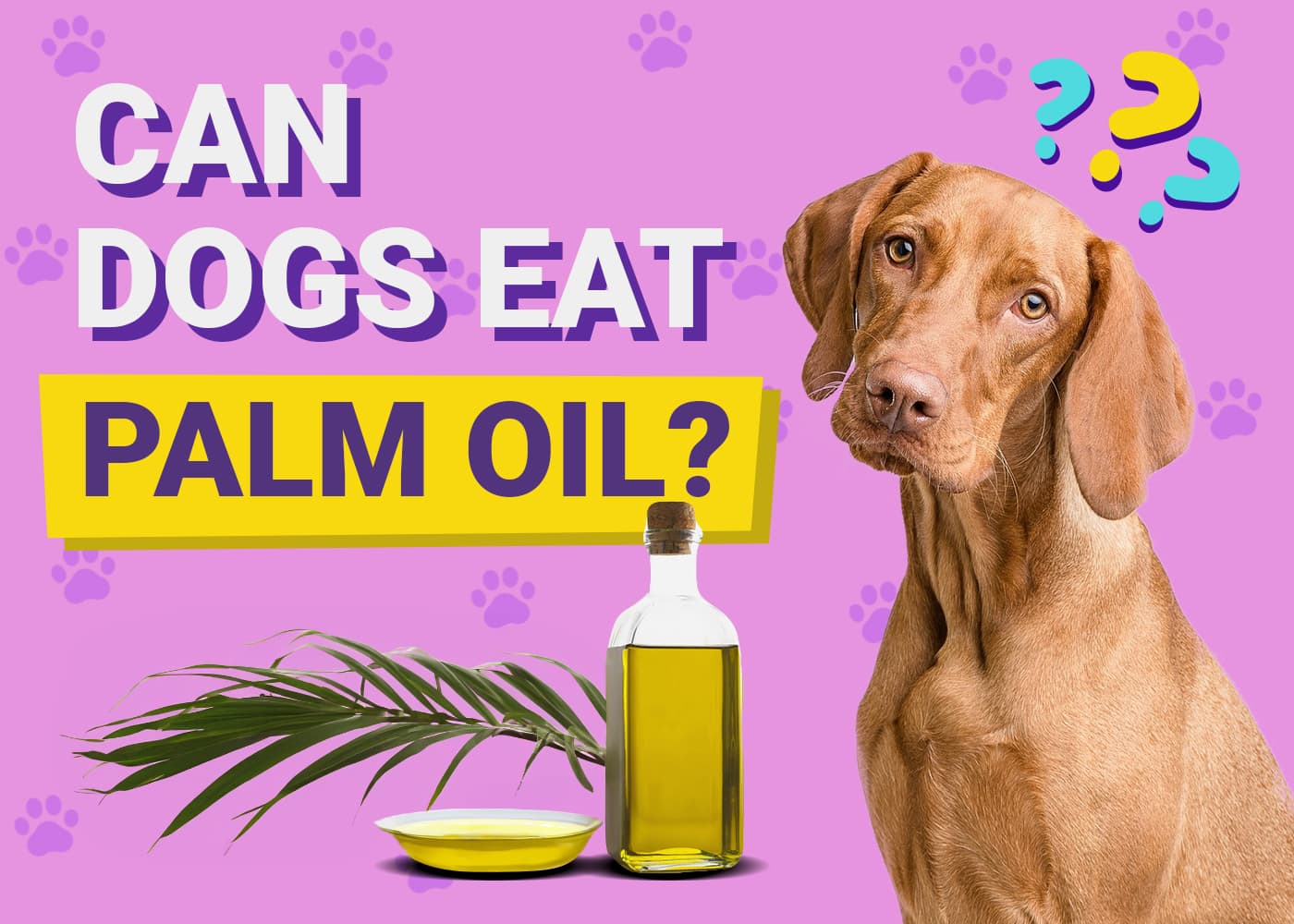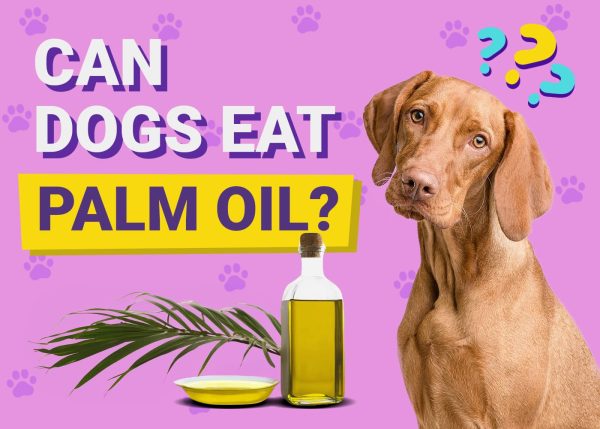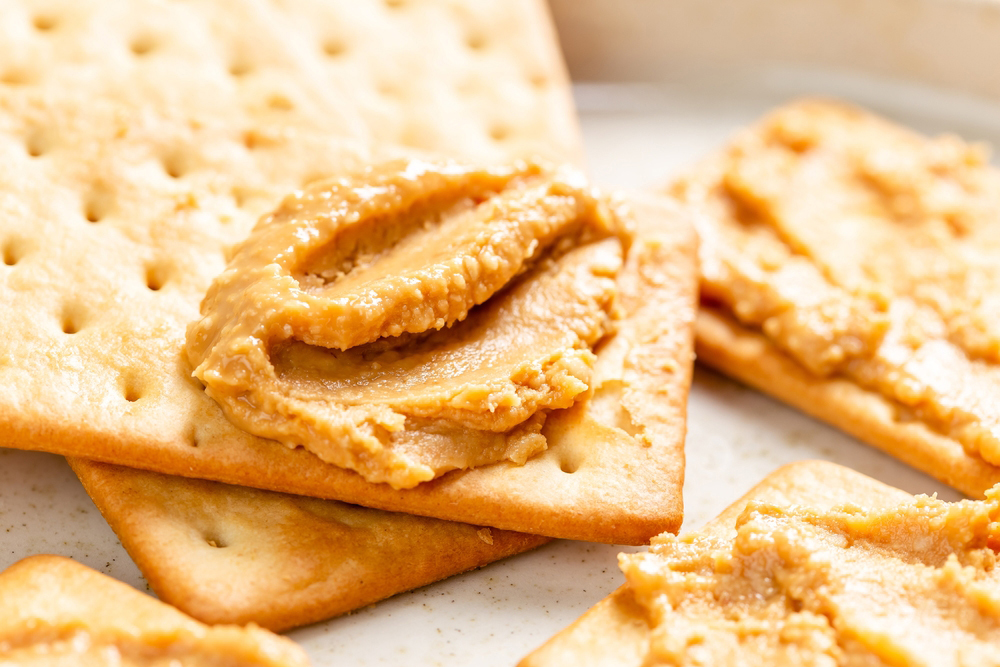You probably don’t have a bottle of it in your pantry. However, you probably consume palm oil every day. It’s big business with global production for 2023 estimated at 79,464 million metric tons.¹ It has become widespread in a broad range of products, from instant noodles to chocolate to bread.² Part of the reason rests with the FDA’s decision to ban trans fats in 2015.³ Palm oil provides a replacement chosen by many manufacturers.
You can think of palm oil as the lesser of two evils. Fats are the proverbial double-edged sword. Humans and our pets need fat. Palm oil isn’t toxic as an ingredient, however, as in most matters, it exists in that murky gray area. While palm oil isn’t poisonous to dogs, it does act as a laxative and shouldn’t be given to them.4
Is Palm Oil Safe for Dogs?
While palm oil certainly isn’t poisonous or toxic to dogs, it isn’t something that should be given regularly. Too much can not only have a laxative effect, but it can cause sickness, dehydration, diarrhea, or even pancreatitis in extreme cases. However, we are seeing more and more of this oil in our human foods that we often give to our pets as an occasional treat.

Describing Palm Oil
Palm oil comes from the pressed fruit of oil palm trees (Elaeis guineensis.). It grows in tropical areas of Africa and Asia. Indonesia and Malaysia are the global production leaders. The United States is the third top importer of this product. Roughly 68% is used for foods.6 About 27% goes toward industrial applications, with the remainder as biofuels. You may wonder how it ended up on your dinner table.
Palm oil is unique among other oils because it is semisolid at room temperature. That was part of the allure of using trans fats in foods and other products. The ban opened the floodgates for palm oil to take its place.
Palm oil helps improve the shelf life of many products. It can make processed foods keep their consistency and shape. It can also add pleasant textural qualities to the things we eat. These qualities have made palm a ubiquitous ingredient. You may or may not see it listed as palm oil in the ingredients of the products you buy. Other terms you may find for palm oil and its derivative:
- Glyceryl
- Palmate
- Vegetable fat
- Vegetable oil
That can make it difficult to know whether your dog is eating it. However, many manufacturers meet the fat requirements for their products from the animal-based proteins they contain. You’re more likely to encounter palm oil in your foods and in highly processed pet items.

Nutritional Value
Palm oil has a limited nutritional profile. It contains purely saturated fats with minimal amounts of vitamins E and K. We must also address the elephant in the room: the fat content of palm oil. A tablespoon contains 120 kilocalories, the same as comparable oils. A 50-pound (23-kilogram) dog needs between 900 to 1,100 kilocalories daily.
It’s easy to see why excess fat would be an issue. However, it’s still necessary. According to the Association of American Feed Control Officials (AAFCO), canines need 5.5% to 8.5% depending on their life stage. It’s important to understand that not all fats are the same, and your dog should be fed the most nutritious fats possible.
Safety
Precautions about ingesting palm oil are similar to other fats. If your dog consumed too much, it would likely cause digestive signs such as vomiting and diarrhea. The concern rests with the complications it may cause if left unattended. Dehydration is the primary concern if your pup is sick for a while. Puppies and senior pets are at the greatest risk.

Other Questions About Its Use
Palm oil production is very profitable; that is why it has become the world’s most widely used vegetable oil. However its production has raised concerns about its sustainability and environmental impact on forests. Research has shown that production can be carbon-neutral if done properly. Fortunately, organizations like the Roundtable on Sustainable Palm Oil (RSPO) are leading the charge toward sustainability.
You can check the manufacturer’s website for any dog products you use for the RSPO certification to ensure you’re supporting this cause with your dollars.
Final Thoughts
While you may not cook with it, palm oil is undoubtedly in your kitchen. It provides an inexpensive substitution for trans fats without its health concerns. Our advice is always to use caution when offering your dog something outside their regular diet. Palm oil isn’t harmful in itself. Nonetheless, it can have the same adverse effects if your pup ingests too much of it.
- You may also be interested in: When Do Puppies’ Eyes Change Color? What You Need To Know
Featured Image Credit: boonpheng, Shutterstock











